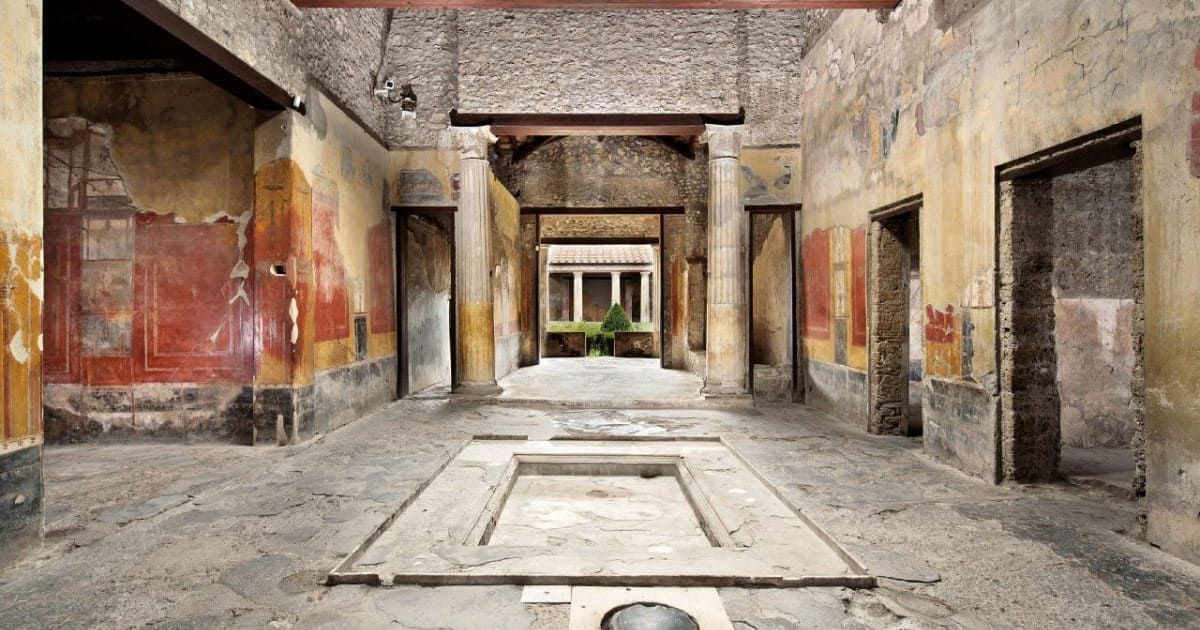
The enchanting tale of the House of Menander: a traveler’s dream
If you’re an aficionado of breathtaking historical sites and stories that seem to transport you back, Pompeii’s House of Menander is a destination you won’t miss on your next Italian escapade. Nestled within the ancient ruins of Pompeii, this grand abode whispers tales of luxury, art, and intrigue that belong to an epoch long gone. It is a house that underwent intricate architectural transformations and is today a symbolic representation of a home belonging to a family of significant stature.
The allure of the House of Menander is in its rich history and the intricate details it harbors. As soon as you enter the atrium, mesmerizing frescoes greet you, illustrating compelling episodes from classics such as the Iliad and the Odyssey. As you walk further, you’ll be intrigued by the unique “Rhodian” style peristyle, with its northern side raised, offering a different vantage point. And, of course, how can one overlook the portrait of Menander, the famous Athenian playwright from whom this house derives its name, gracing the portico?
Unlock the secrets of ancient Pompeii! Dive deep into history with the best tour in town. Don’t miss out – book now! Book the Best Pompeii Tour
Where is the House of Menander?

It is located in Zone I, a short walk from the Teatro Grande, nestled between Vicolo di Paquius Proculus and Vicolo del Citarista. On the map, look for tag #7
Where is the House of the Faun located in Pompeii?
Now, while the House of Menander has its own enchanting story to tell, many travelers often confuse it with another famous Pompeii relic: the House of the Faun. Both houses stand as testaments to Pompeii’s grandeur but are distinct entities. Situated in the heart of Pompeii, the House of the Faun stands out due to its expansive size and the renowned “Dancing Faun” statue. However, today, we’ll explore the House of Menander, which boasts its unique story and distinguishing characteristics.
A concealed spa area in the House of Menander is one such feature that captures travelers’ imagination. Delve more profound, and you’d find an underground chamber, possibly a cellar. Archaeologists discovered a treasure chest filled with an impressive 118 silver pieces. This wasn’t merely a random assortment—it represented the family’s cherished silverware collection.
These treasures, ranging from vessels for serving wine to plates and cups primarily used during grand banquets, are now displayed in all their glory at the National Archaeological Museum in Naples. As you move towards the house’s southern side, the rustic quarter unfolds before you, showcasing a meticulously reconstructed cart.
It’s worth noting that this house was the abode of Quintus Poppaeus Sabinus from the prominent Poppaeus lineage, which ties back to Empress Poppaea Sabina, Nero’s second wife. And for those interested in archaeological timelines, the House of Menander was excavated in three phases: 1928, 1930, and 1932.
